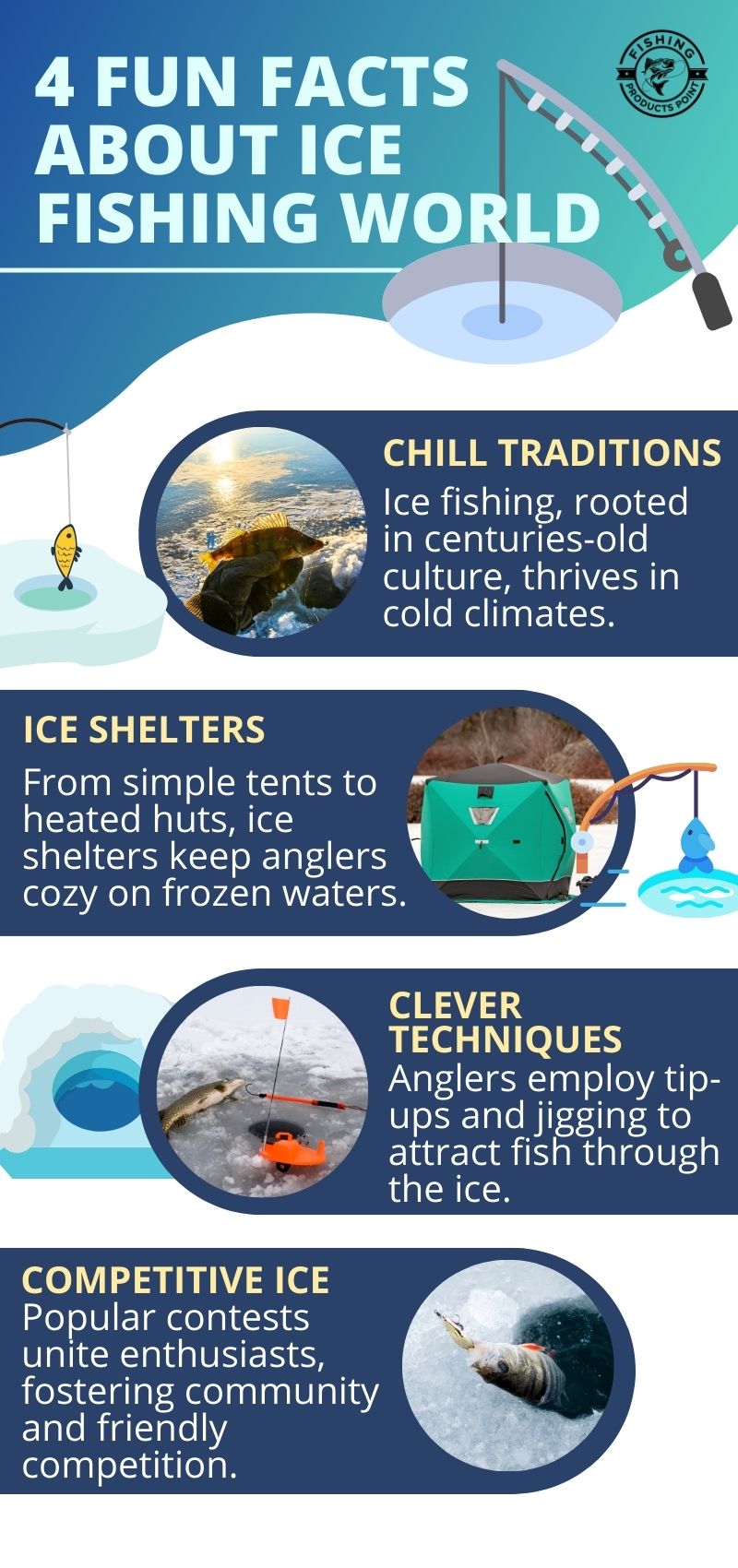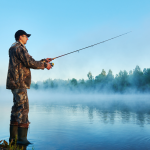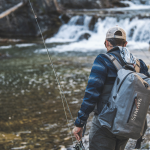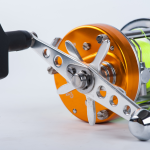Ice fishing is a popular winter pastime that allows anglers to enjoy the tranquility of frozen lakes and the thrill of catching fish in cold conditions. Although ice fishing might appear daunting to beginners, it can become a pleasurable and fulfilling endeavor when armed with the appropriate expertise and gear.
In this article, we’ll give you a basic guide for beginners on how to ice fishing. This guide will include important tips and methods to help you begin ice fishing.
Necessary Ice Fishing Tips:
1. Safety First
Before getting involved in ice fishing, safety must be our basic and first priority. Here are some important safety pointers to remember:
Make sure the ice is at least 4 inches thick before you go ice fishing to ensure it is safe, but 6-8 inches is better for larger groups or vehicles.

Don’t forget insulated waterproof boots, gloves, and a warm hat. Carry ice picks, a life vest, a basic medical kit, and a rescue rope in case of emergencies. Before you go ice fishing, be sure to:
- Examine the current ice conditions.
- Review the weather predictions.
- Familiarize yourself with the ice fishing rules in the area you intend to fish.
2. Essential Gear and Procedure
To start ice fishing, you’ll need some basic equipment, and the detail is given below.
Make sure you have an ice auger, fishing rod, reel, fishing line, bait or lures, ice scoop, skimmer, depth finder, and shelter. Now, Look how to use this equipment to learn how to ice fish:
Use a hand or power auger tool to drill a hole in the ice. Choose a short, specialized ice fishing rod and a reel with a smooth drag system. Opt for a low-visibility, strong line designed for cold conditions. Common baits include minnows, worms, and wax worms. Jigs and spoons are popular lure choices.
Using ice scoop and skimmer tools will help you maintain a clear fishing hole by removing ice and slush. A portable ice fishing shelter or tent can offer protection from the weather. Stay comfortable with a padded bucket or folding chair and insulation for the floor of your shelter. Depth finder device can help you locate fish beneath the ice.
3. Selecting a Fishing Location
Selecting the appropriate location is vital for a successful ice fishing outing. Here are some tips:
Consult local anglers or online resources to find out where fish are likely to congregate. Fish tend to gather near underwater structures like drop-offs, weed beds, and rock piles. Start by drilling test holes and using a depth finder to determine the water depth and locate fish. Fish behavior varies throughout the winter, so adjust your location based on the time of year.
4. Drilling Holes and Setting Up
Once you’ve chosen a location, it’s time to drill holes and set up your equipment because it’s the important step of how to ice fishing:

Drill holes:
Use an ice auger to drill holes through the ice. Space them at different depths and distances to increase your chances of success.
Clear the holes:
Utilize an ice scoop or skimmer to clear away ice fragments and slush from the openings.
Set up your shelter:
If you have a portable shelter, assemble it over your fishing holes. This will keep you warm and shielded from the wind.
5. Patience and Observation
Ice fishing demands patience and keen observation. Be ready to exercise patience while waiting for fish to take the bait. Watch your fishing rod closely for any indications of motion or pressure.
Some tips for success include:
- Use a bobber or spring tip on your fishing rod to detect subtle bites.
- Vary your bait and presentation until you discover what is most effective on that particular day.
- Be quiet and avoid making unnecessary noise to prevent scaring away fish.
6. Safety and Clean-Up
When you’re done for the day, be sure to tidy up your fishing spot and leave it without any signs of your presence. Dispose of any trash properly, and remove your fishing holes if required by local regulations.

Frequently Asked Questions (FAQs) About Ice Fishing
Is ice fishing safe?
Yes, ice fishing can be safe if you follow essential safety precautions. Always check the ice thickness, dress warmly, carry safety gear, and stay informed about local ice conditions and weather forecasts.
How thick should the ice be for ice fishing?
Safe ice thickness varies, but a minimum of 4 inches is generally recommended for a single angler. For larger groups or vehicles, aim for 6-8 inches of ice or more.
How do I drill holes in the ice?
Use an ice auger, either hand-powered or motorized, to drill holes in the ice. Space them at various depths and distances to increase your chances of catching fish.
What’s the best way to stay warm while ice fishing?
Dress in warm, layered clothing, and don’t forget insulated waterproof boots, gloves, and a hat. Inside your shelter, use insulation for the floor and consider a portable heater for added warmth.
Do I need a fishing license for ice fishing?
Yes, in most regions, you’ll need a fishing license for ice fishing, just as you would for other types of fishing. Check with local authorities or online resources for information on fishing regulations and licenses in your area.
Conclusion
Ice fishing is a winter pastime that provides a distinct outdoor adventure and the opportunity to capture various types of fish. By prioritizing safety, gathering the right equipment, selecting suitable fishing locations, and exercising patience, you can enjoy a successful ice fishing adventure. Remember that practice and experience are the keys to becoming a proficient ice angler, so don’t be discouraged if you don’t catch fish on your first outing. With time, you’ll improve your skills in how to ice fishing and find even more enjoyment in this exciting winter pastime







